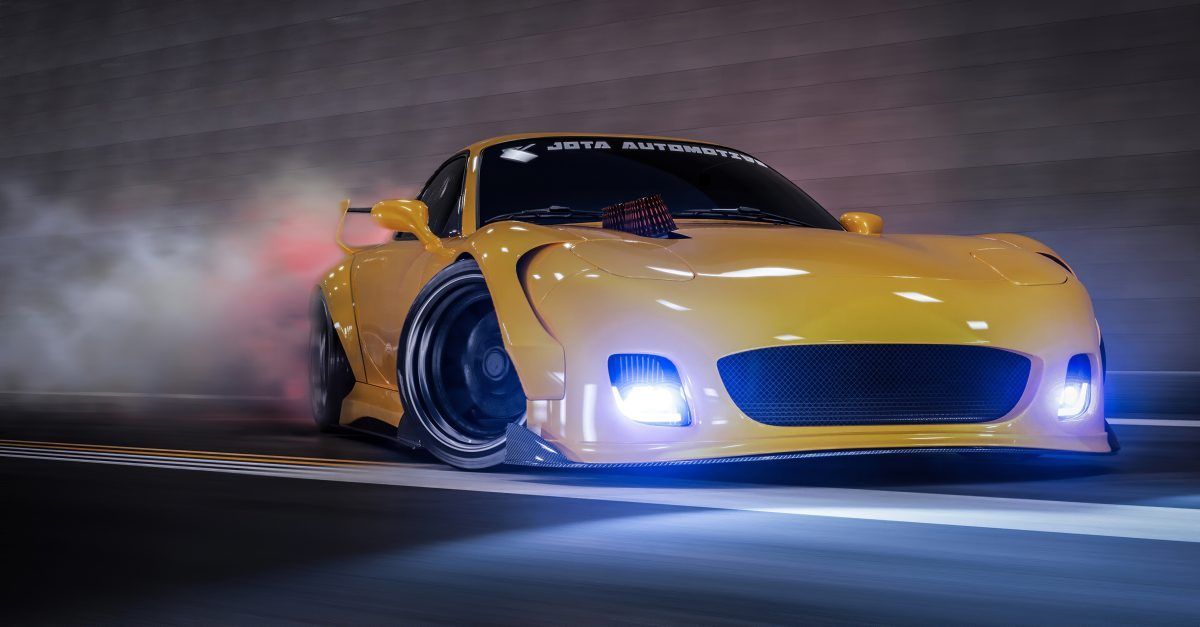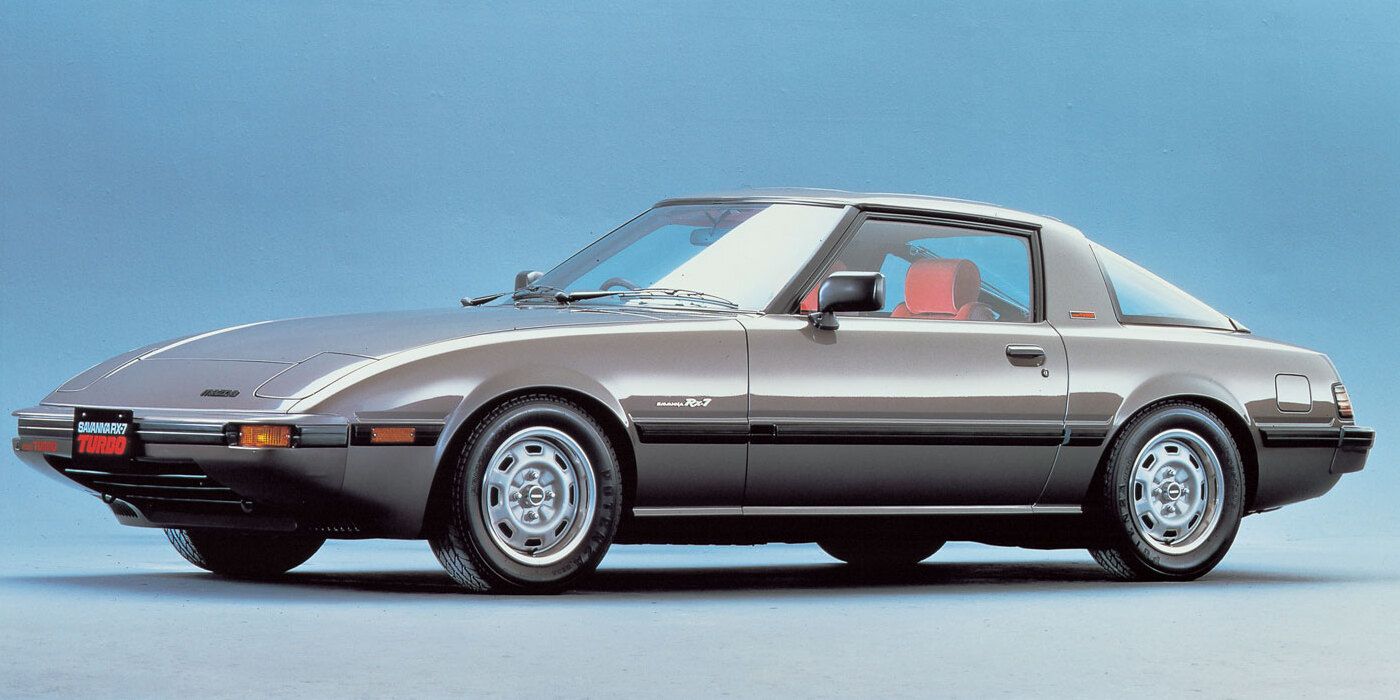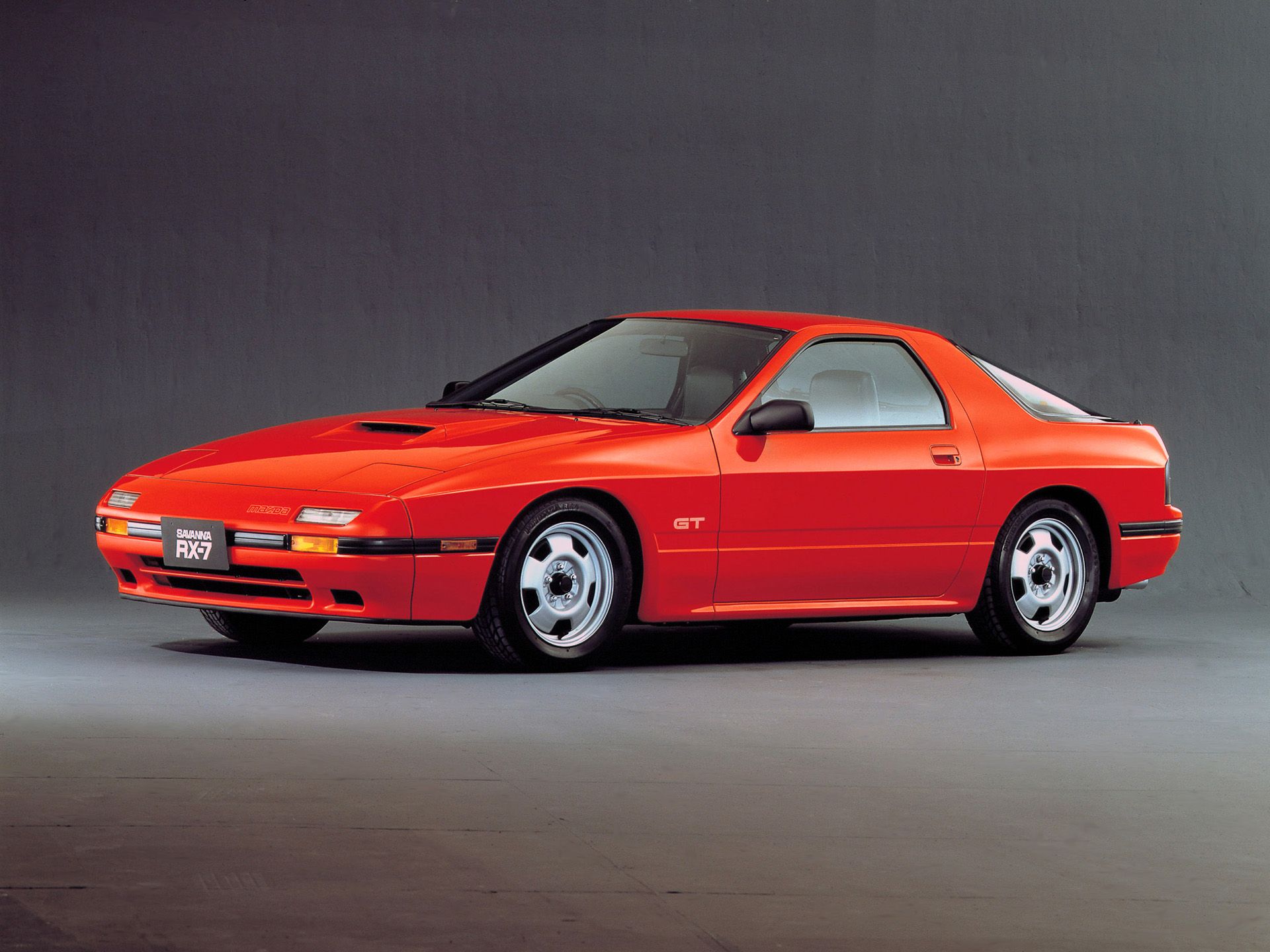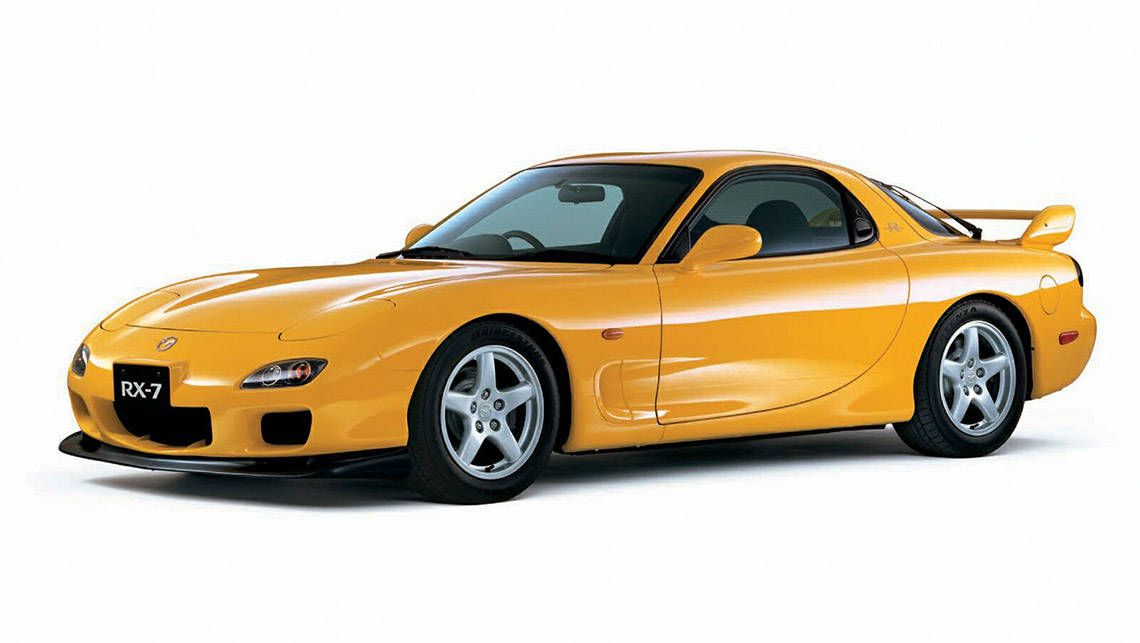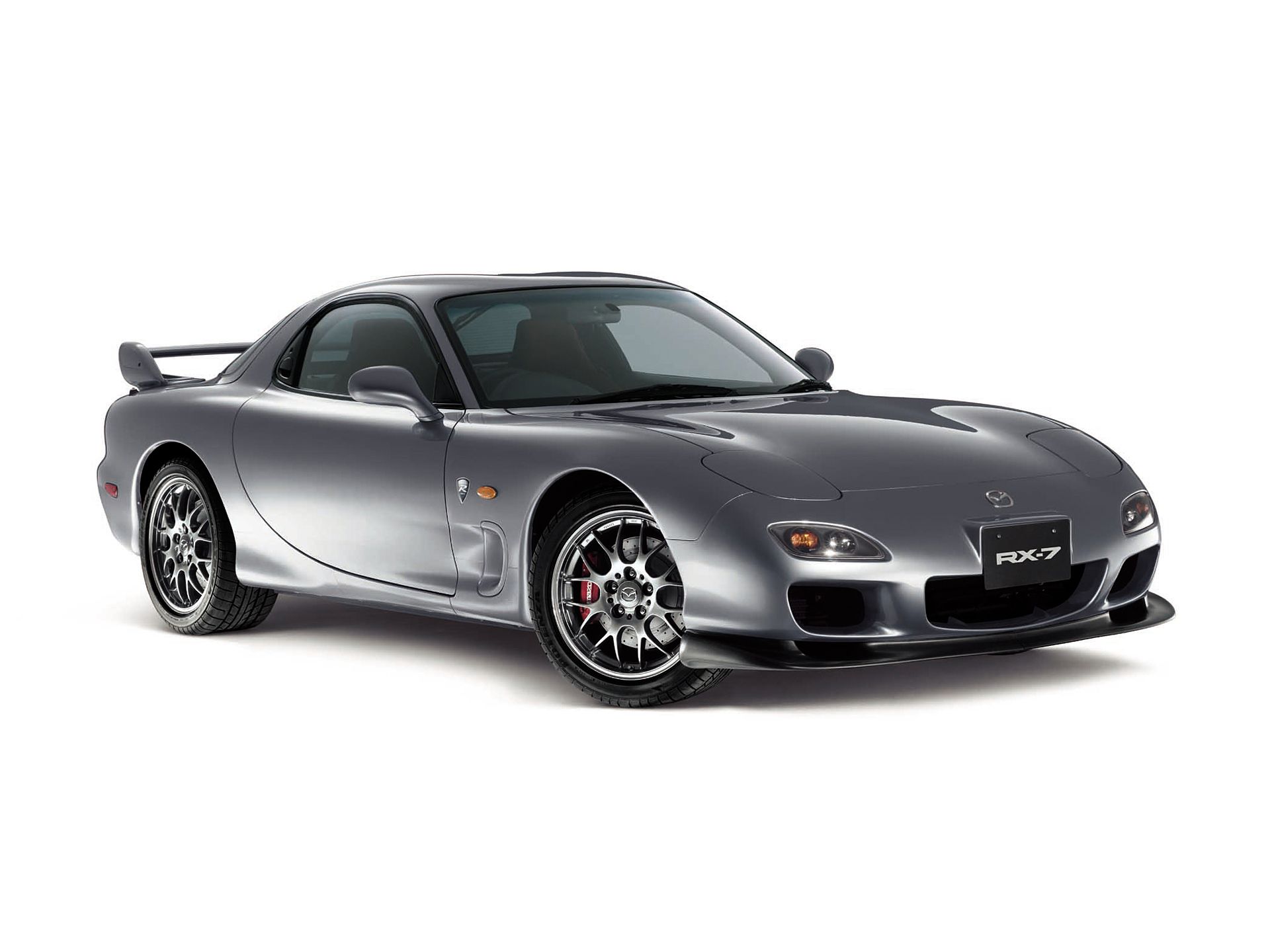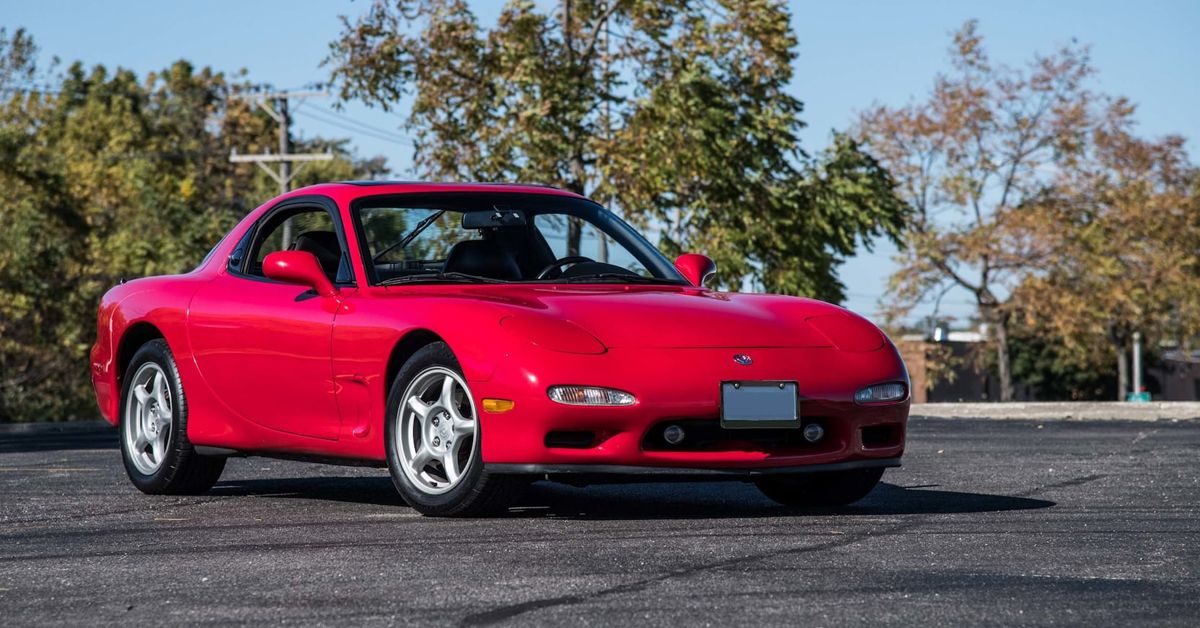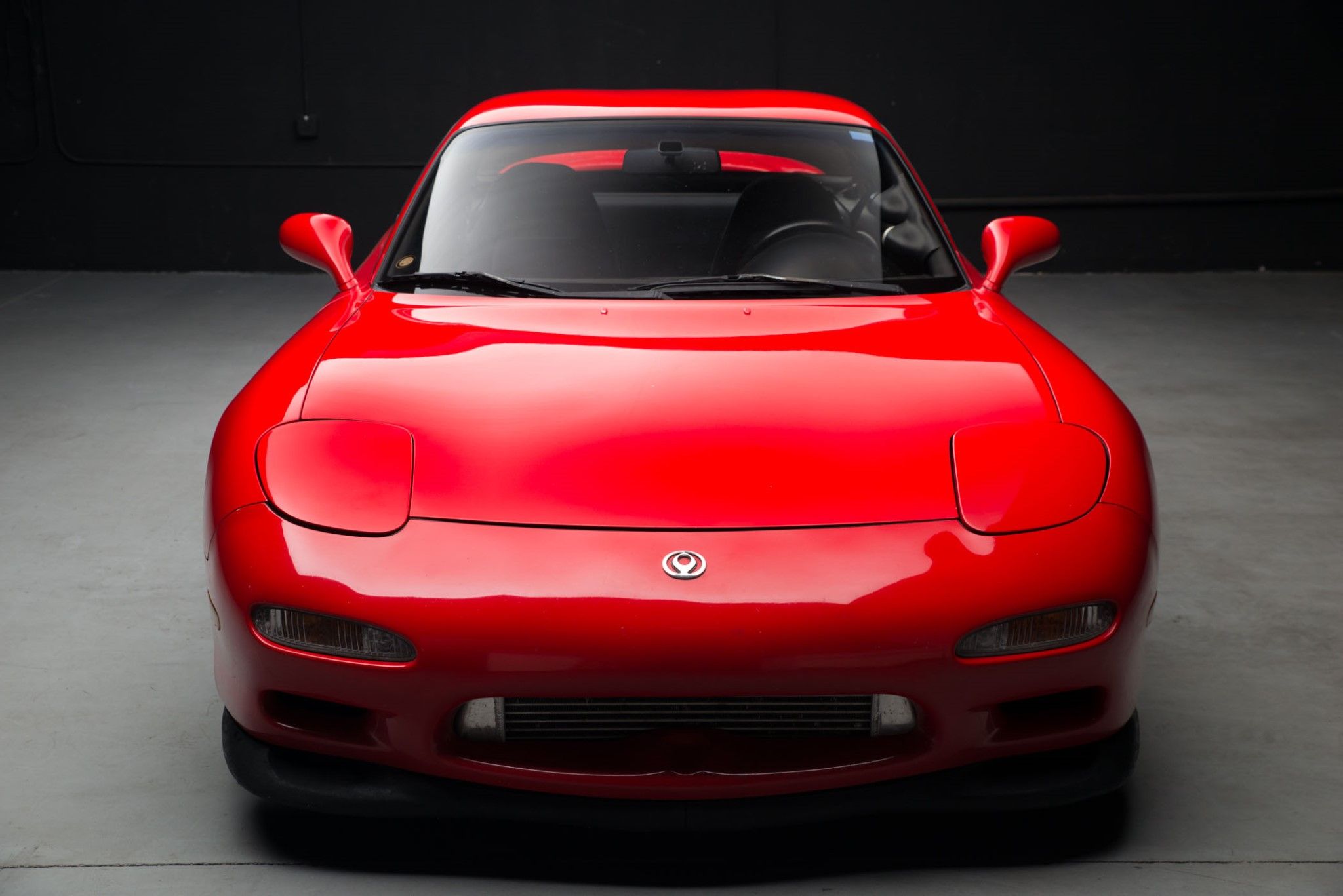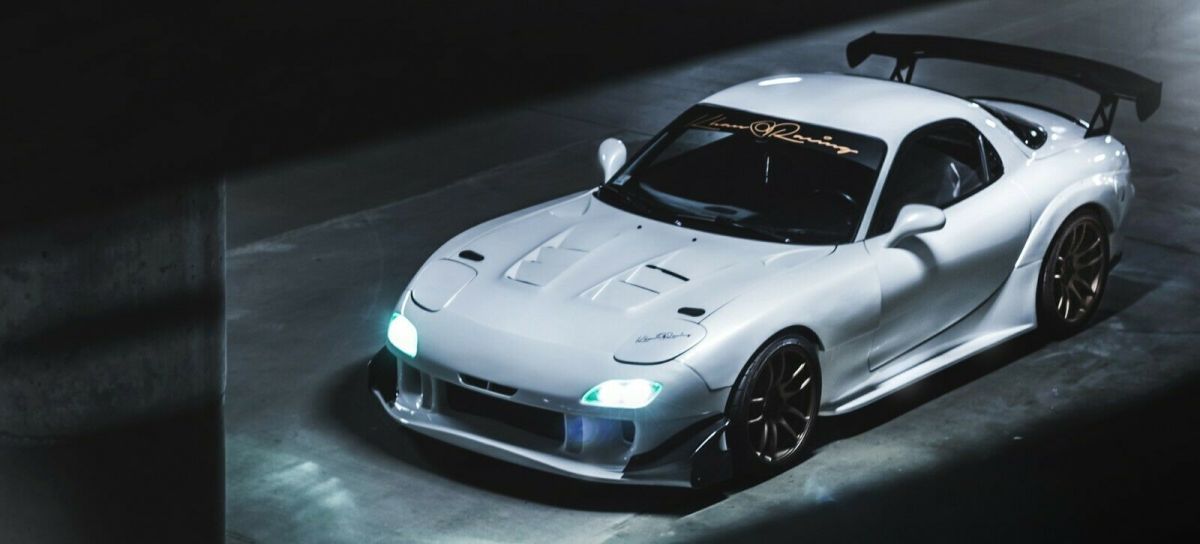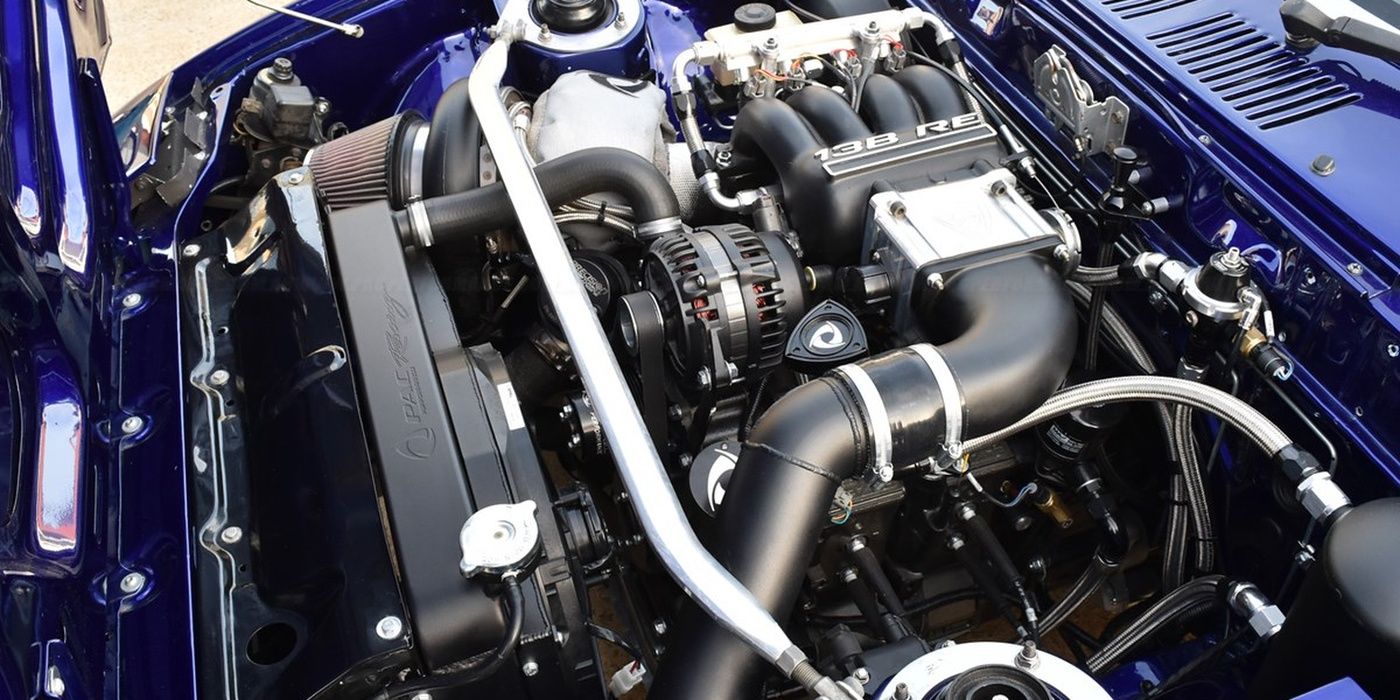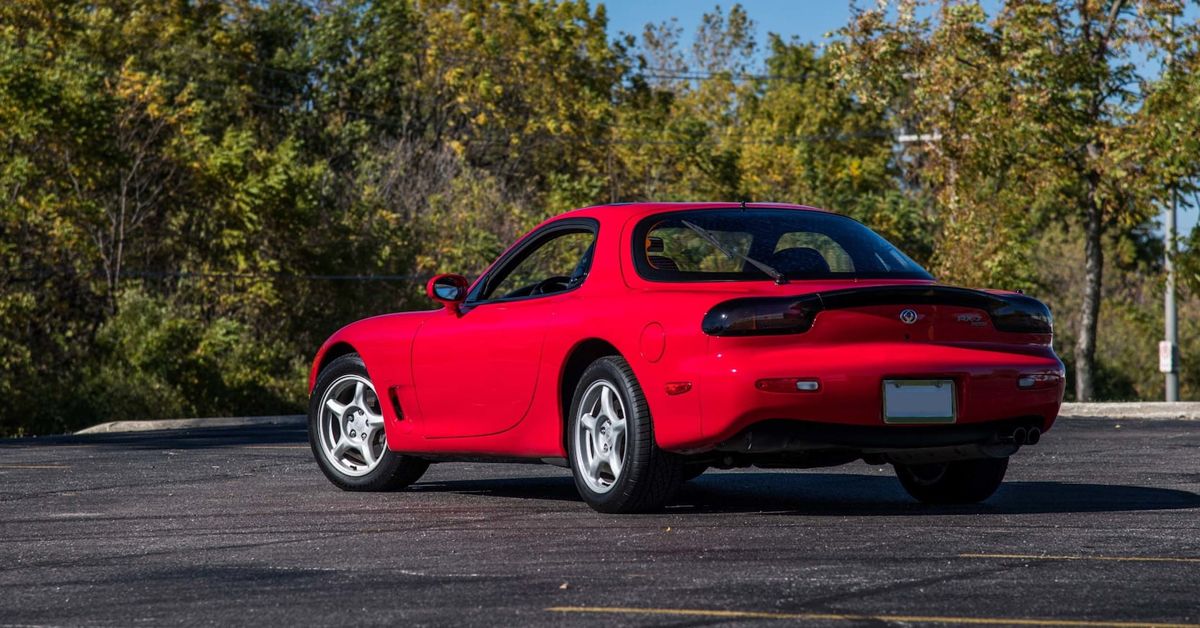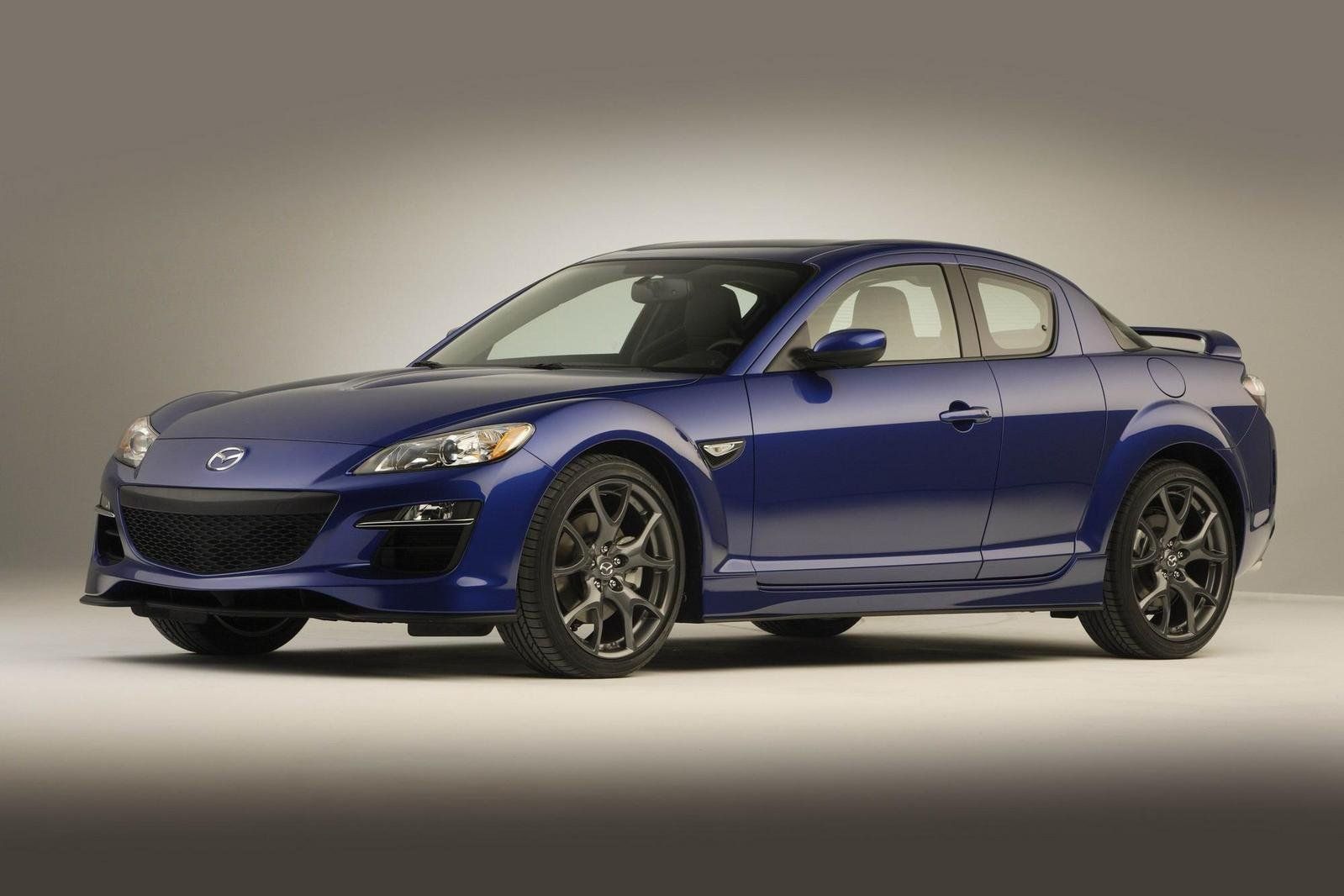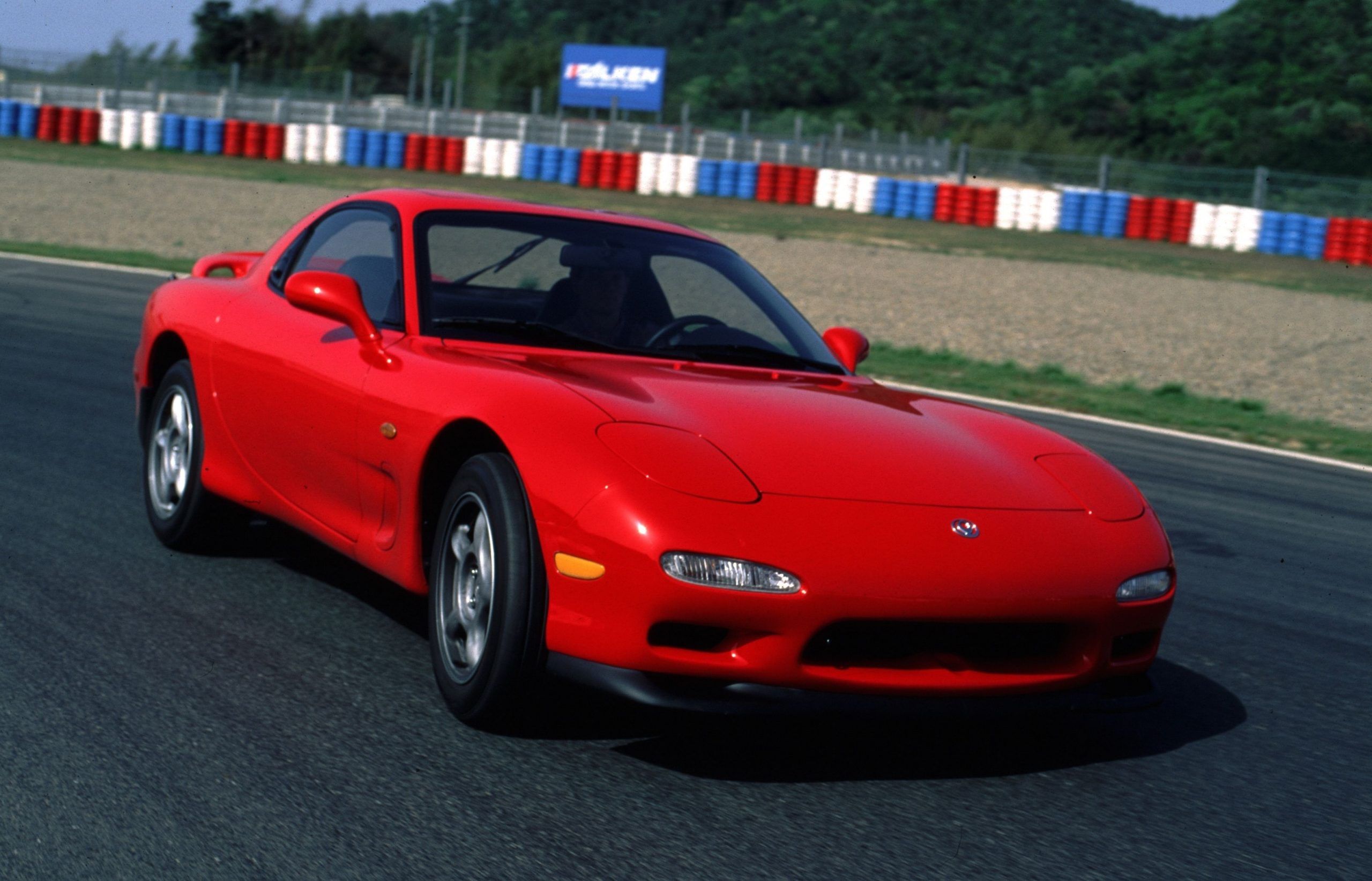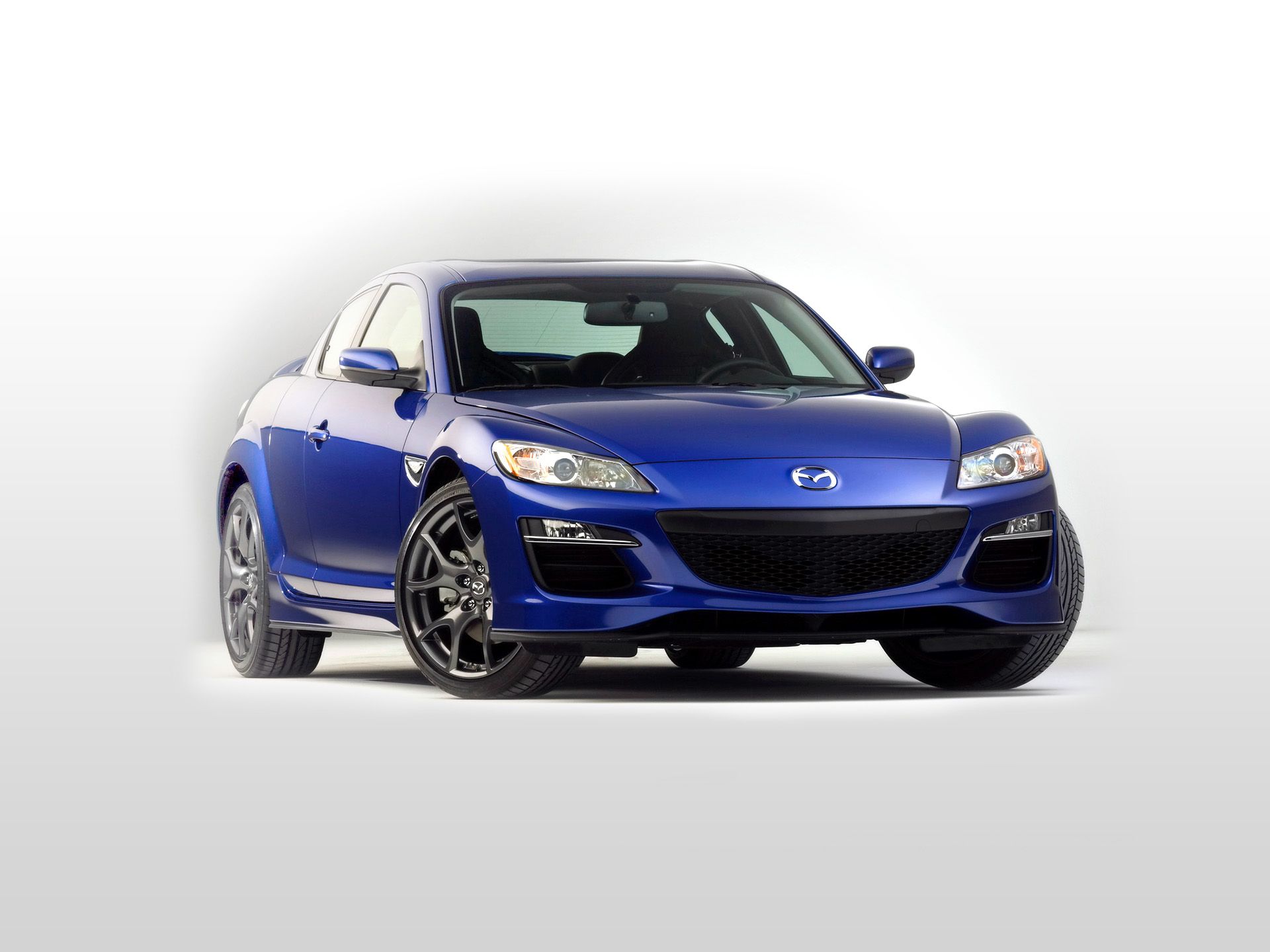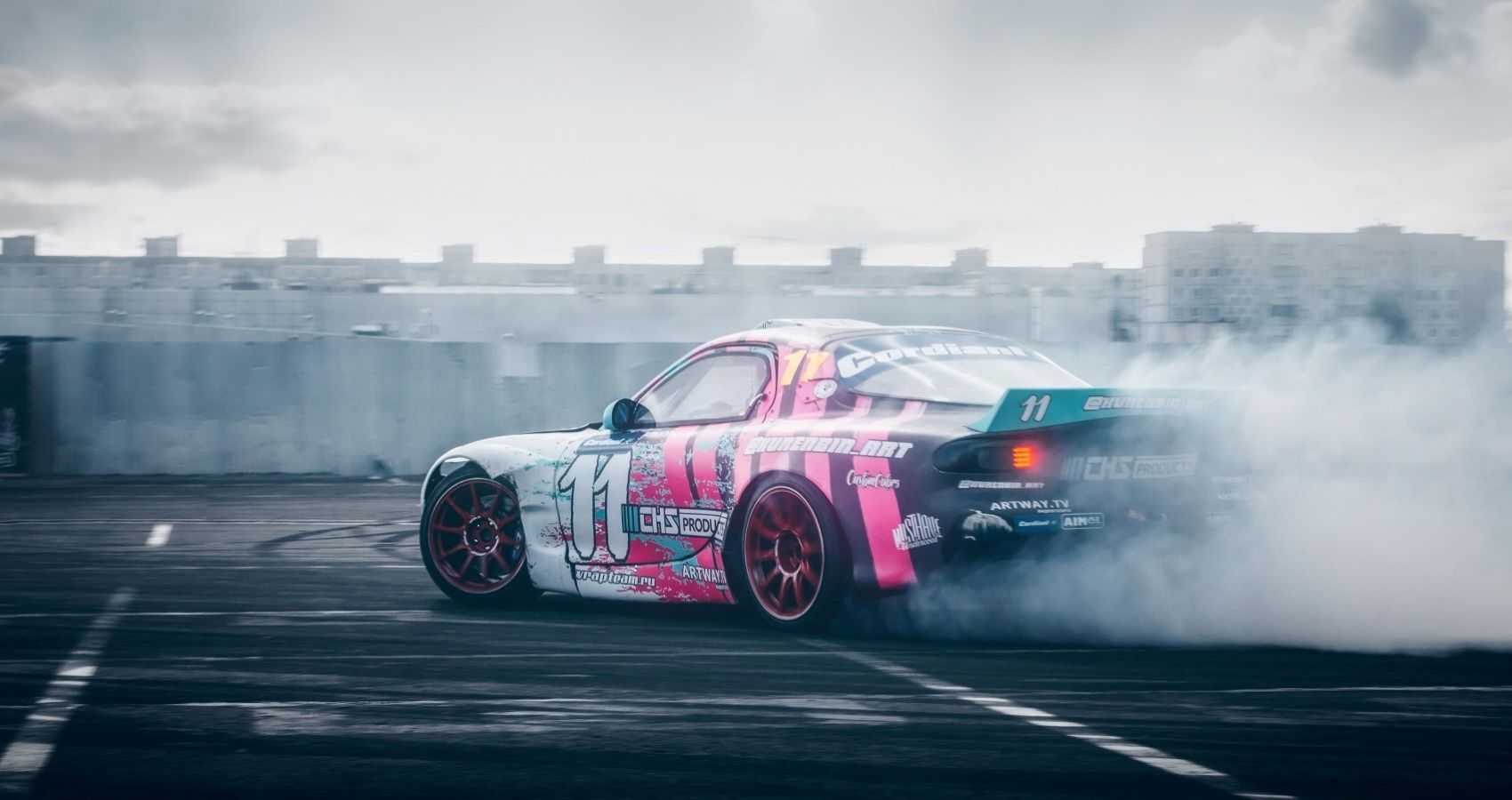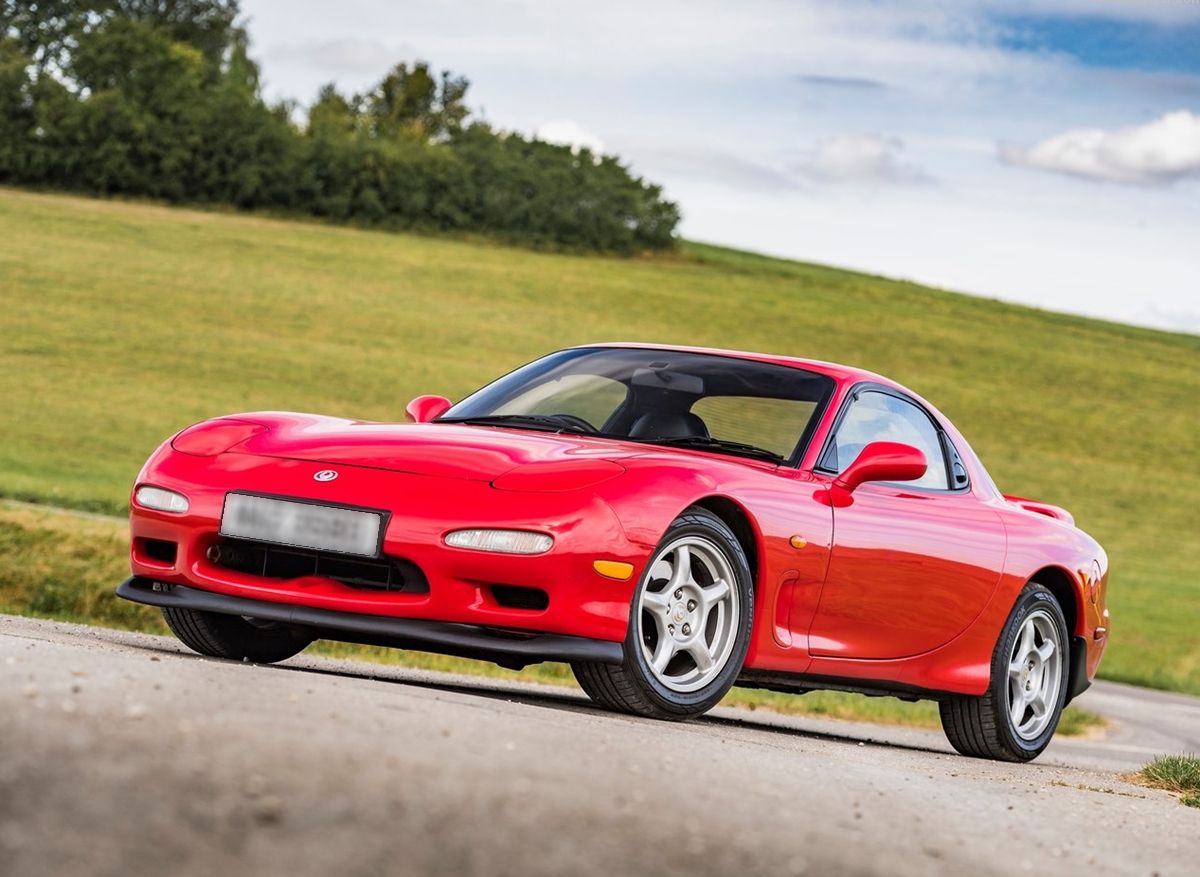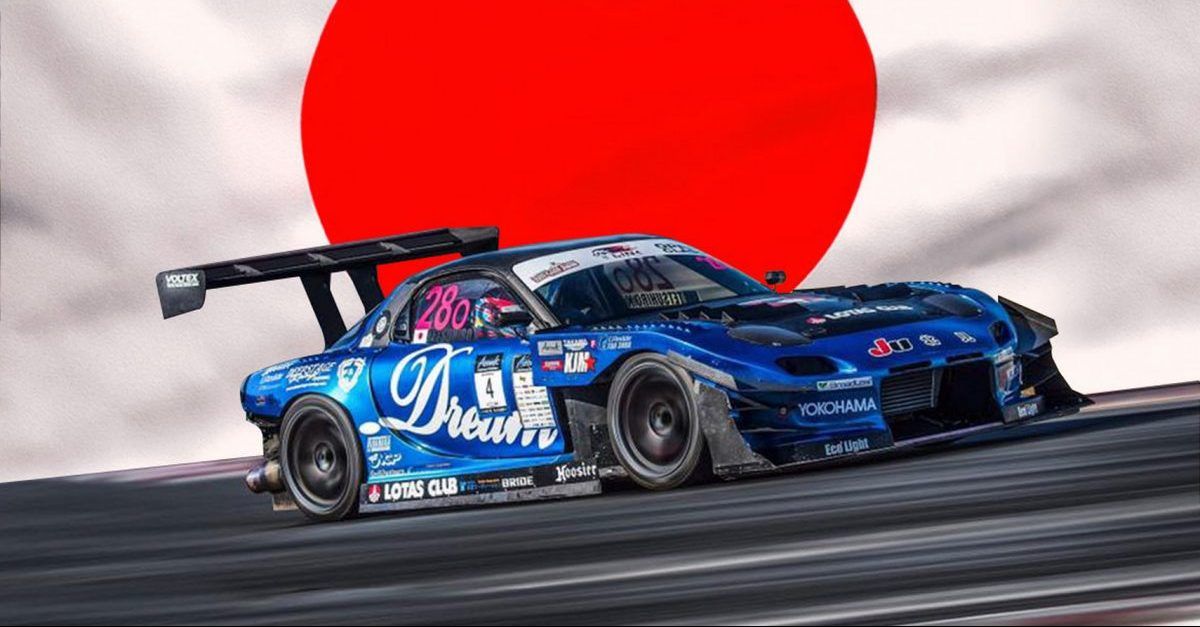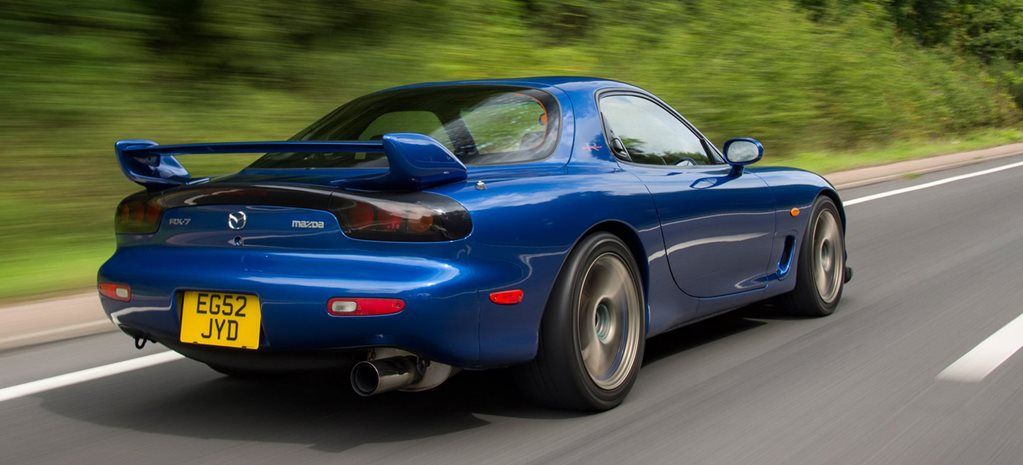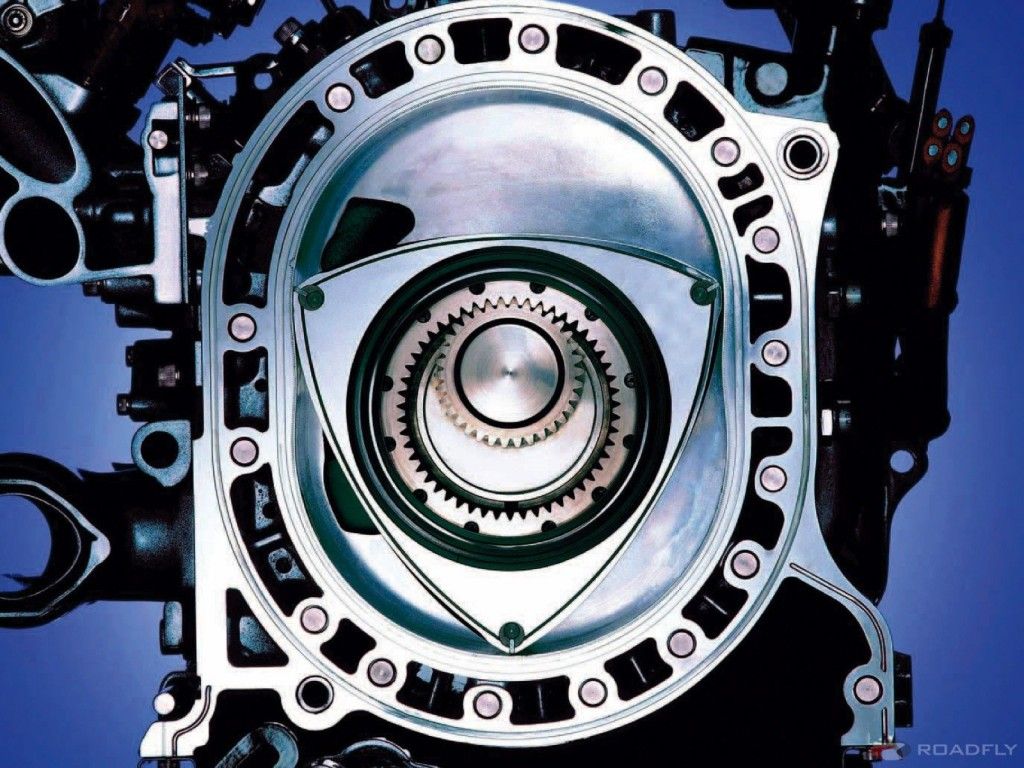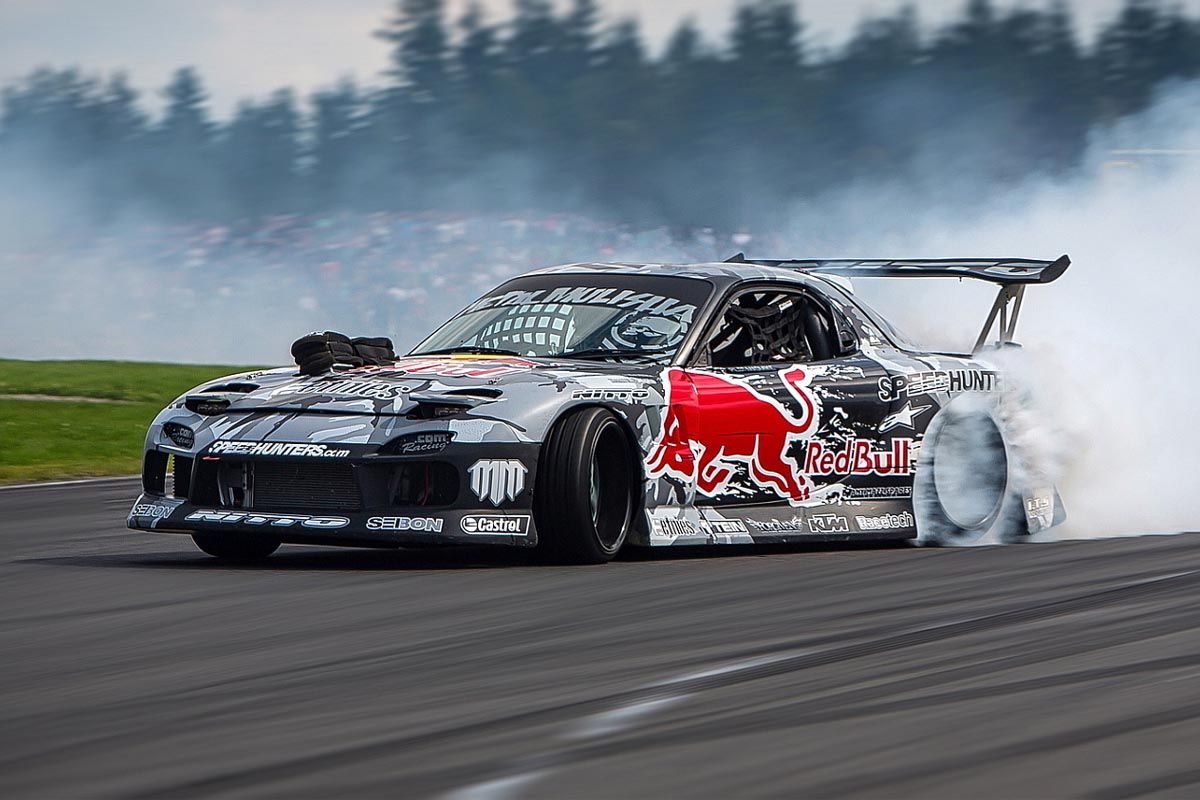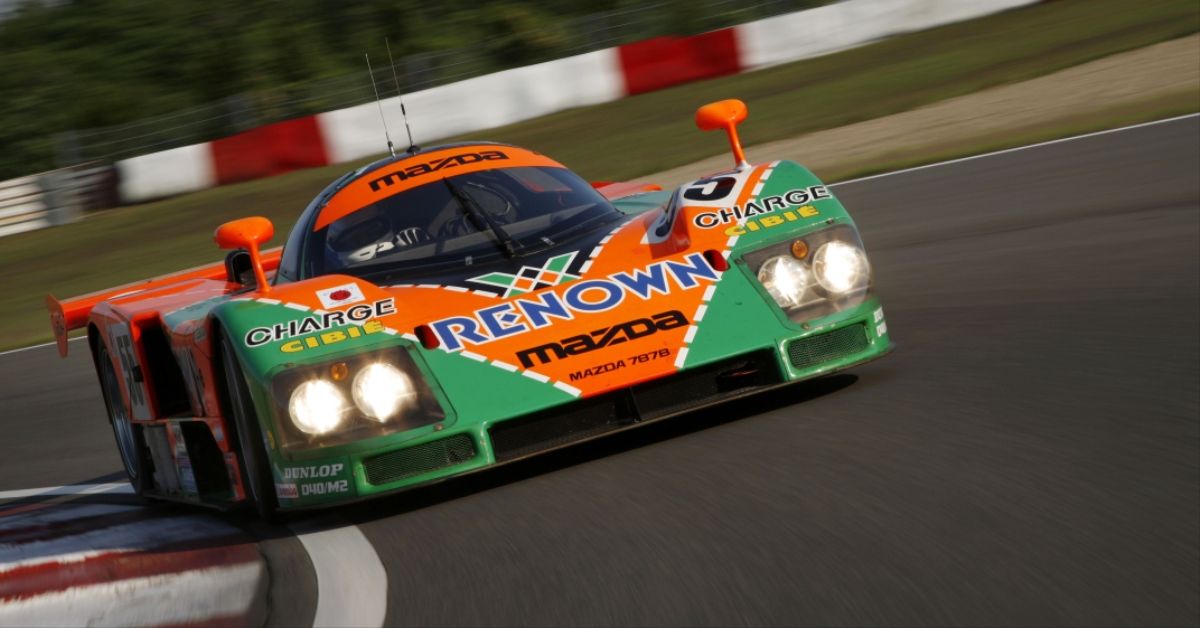Few Japanese cars capture the imagination quite like the Wankel-powered Mazda RX-7, a true JDM legend. Certainly, the tuner culture and Hollywood can be credited for some of its fame, but just as a stand alone sports car, the RX-7 is an incredible engineering achievement.
Both the first ("FB") and second generation ("FC") cars had laid a solid foundation, but as much as their rotaries were unconventional, the rest of those cars were not as notable. The 3rd generation ("FD") was a huge technological leap forward and has since gone on to become a cult classic. The RX-8 was supposed to be the next step, unfortunately for all of us it was a step backwards for rotary technology.
10 History
The rotary concept dates back to before WWII, but it wasn’t until Mazda got their hands on the technology that it really took off in the 60s and 70s.
The first Mazda RX-7 would come out for 1979, the first generation which laid the foundation for the revised second generation in the mid-'80s. But the third generation was very much an all new car. The RX-7 had more than a decade's worth of evolution to work with, the RX-8 needed to get it right from the start, and, well, it didn't.
9 Design
The wedge shape that dominated the 80s was modernized, everything got rounded off and softened. For most cars of the 90s this did not work at all well, for the RX-7, it did, though.
The flowing lines of the sleek sports car work beautifully both from an aesthetic and practical drag-related standpoint. Unfortunately, it did grow in size and that had a direct effect on sales in its native Japan as it no longer complied with the width restrictions.
8 Engineering
One of the biggest differences between the earlier models and the FD is the amount of time and resources put into the car.
The RX-8 wanted to do the same but didn’t have the engineering budget that the RX-7 team did, and it showed in the final product.
7 Sequential Turbos
One of those engineering developments for the FD was sequential turbocharging, a first for a mass-produced car.
It was a huge leap forward in terms of performance and power delivery, the addition of the second stage turbo all but eliminated the turbo lag usually associated with any turbocharged car. It is no secret that those turbos also pushed up the price, part of the reason why the Renesis engine found in the RX-8 was naturally aspirated.
6 Reliability
When it comes to any rotary powered vehicle, reliability becomes a bit of a curse word. The twin-turbo RX-7 was not known for reliability or longevity. But the non-turbo engine in the RX-8 was not much better in that regard and, like older RX-7 engines, had an appetite for oil
5 Performance
When it first went into production the FD RX-7 made 255 horsepower and by the time it was in its final year (no longer sold in the U.S. by that point) it was making almost 280.
The RX-8's engine made less than its forebear. Output was either 212 hp or 232 hp, depending on the transmission, with automatic cars getting the lower output version.
4 Tunability
Although you can tune the 13B to make over 500 horsepower, you really shouldn’t, unless you are ready to accept the early demise of your engine.
It can make a reliable 350 horsepower without too many expensive modifications, which is close to double what the RX-8 made bone stock, and even then it wasn’t all that reliable.
3 Affordability
Prices of well-kept RX-8s are in steady free fall, and for many years the RX-7 has been the poster child for affordable performance.
Ironically, that now means prices are indeed going up, especially for unmolested examples. Modified or raced cars are still affordable, and the aftermarket is also pretty extensive.
2 13B Rotary
The 13B was in production for 30 years and represents 30 years of research and development. That is three decades worth of blood, sweat and tears. It is the very pinnacle of rotary technology.
The Renesis engine was a reworked 13B developed in secret over a short period of time, Mazda had already pulled the plug on the rotary engine with it never really delivering on its performance promise and its inability to meet increasingly strict emissions restrictions. It is simply not fair to compare these two engines.
1 Racing Pedigree
Although the RX-7 competed in several series around the world, their most prominent success was not that of the car, but the rotary engine.
They won their one and only Le Mans race with the 787B prototype racing car powered by a 26B (basically two 13Bs stitched together) quad rotor engine, which had more than a little in common with the 13B.

